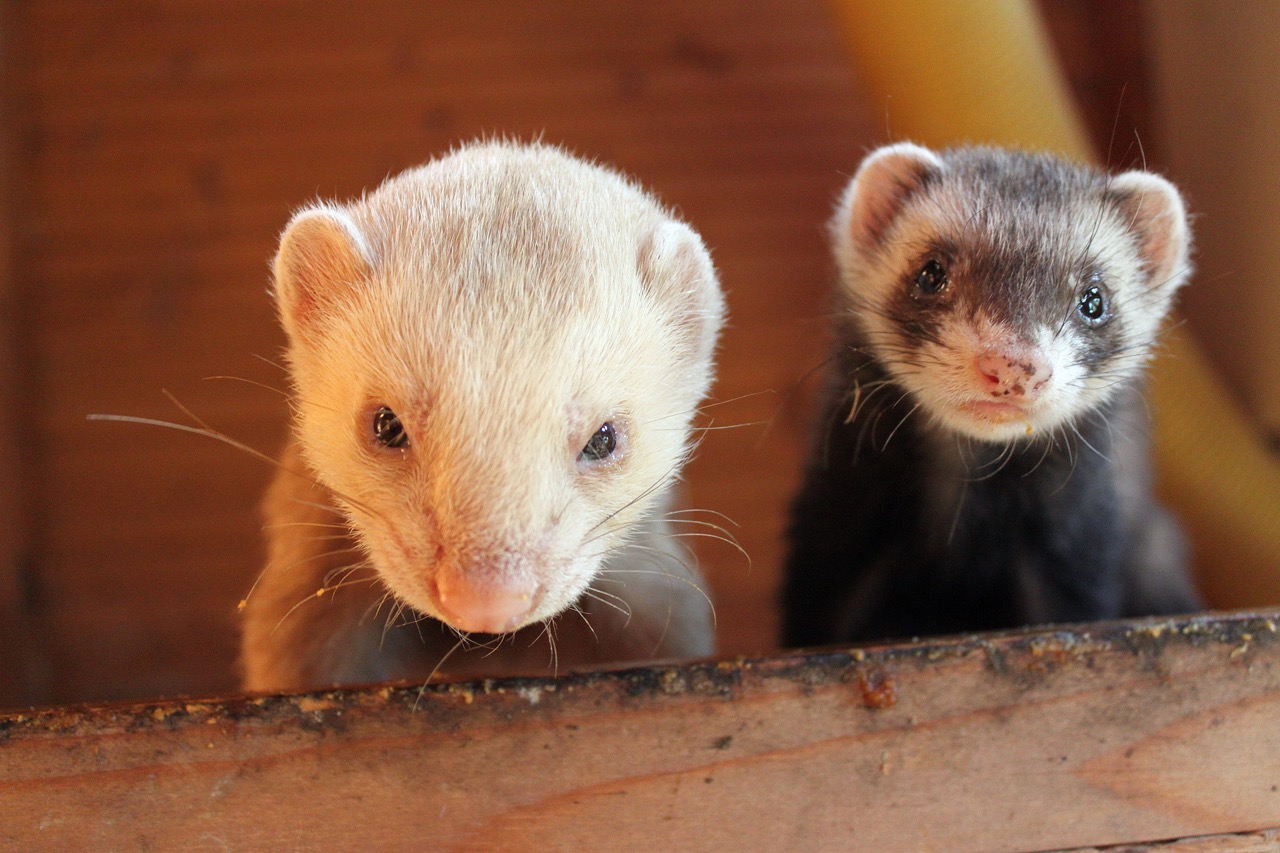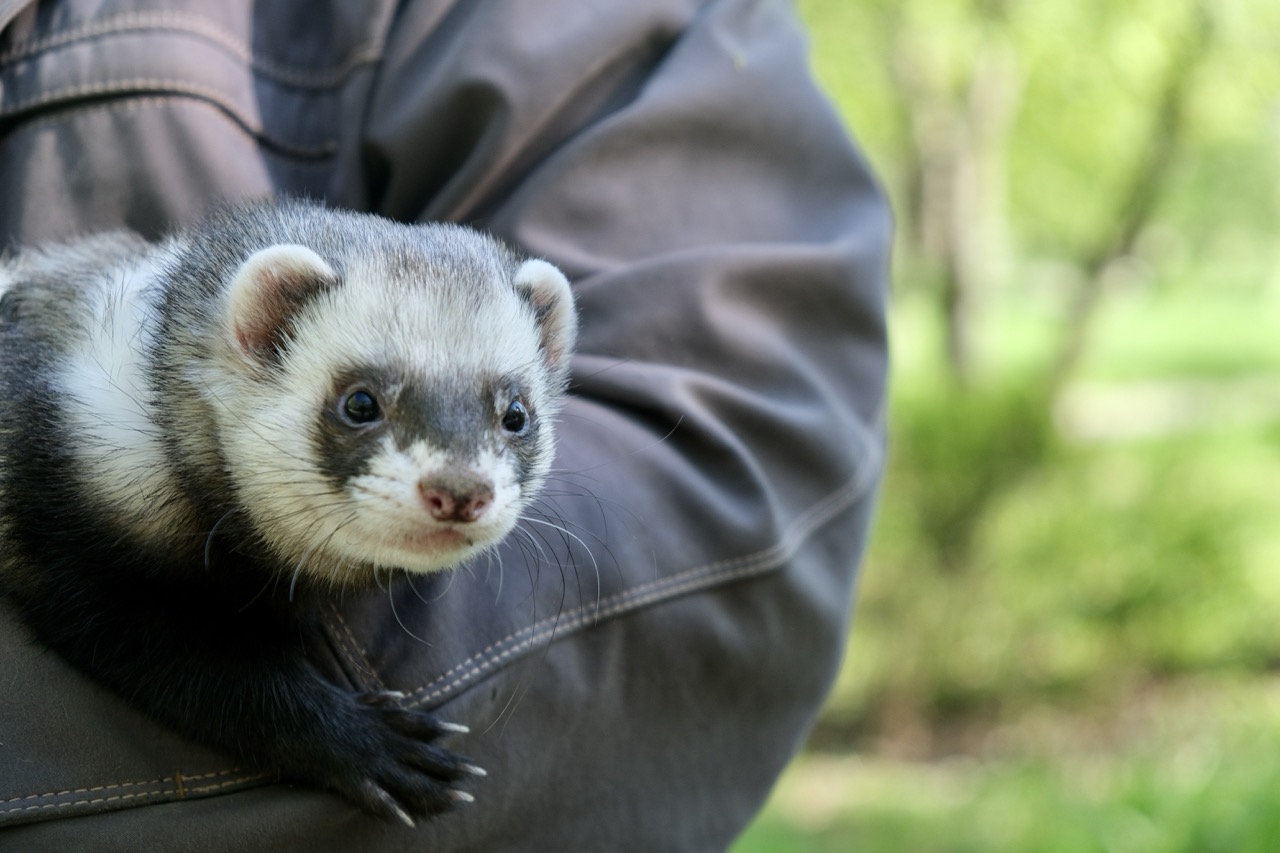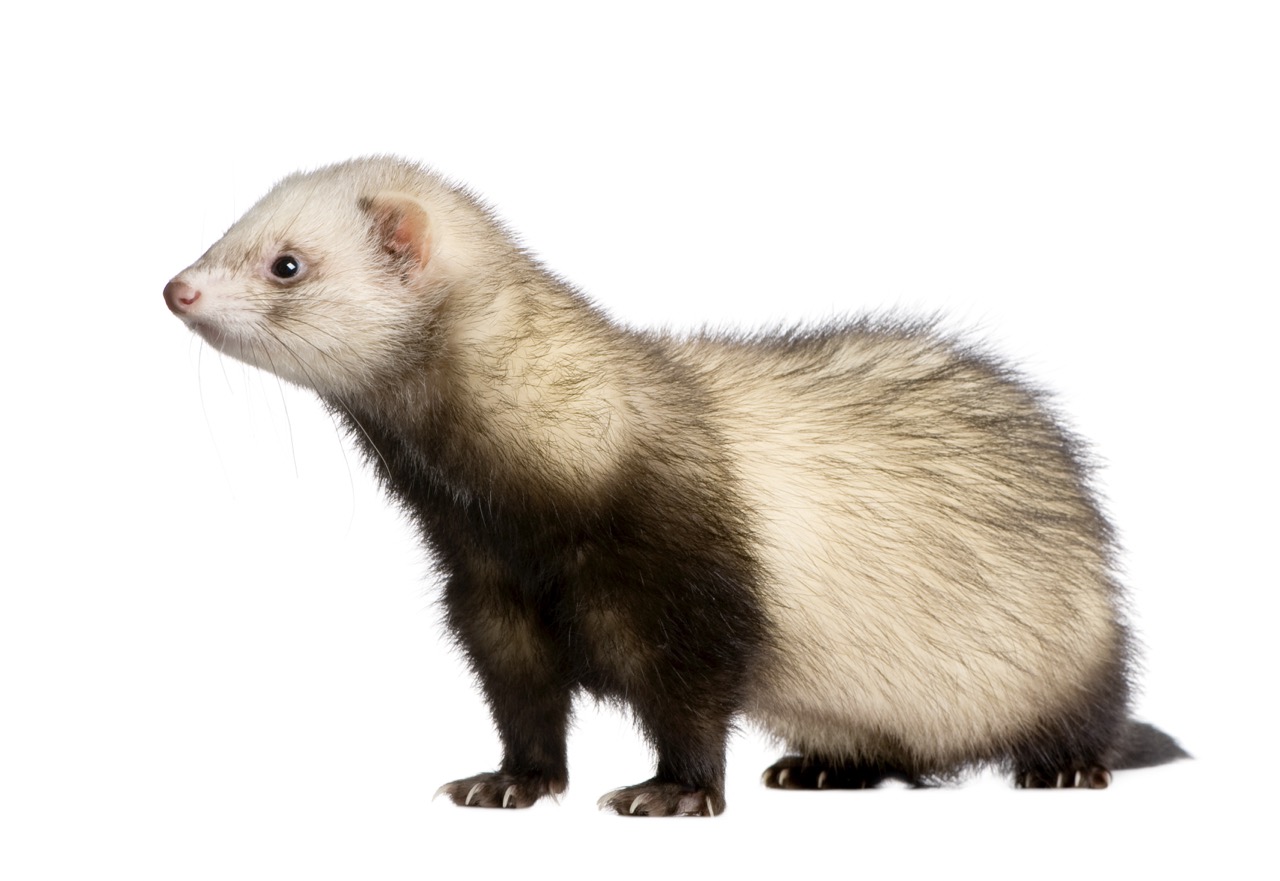Proper ventilation is a critical aspect of maintaining a healthy environment for ferrets. These curious and energetic creatures require specific living conditions to thrive, and inadequate airflow can lead to a host of health issues. In this article, we will explore the significance of proper ventilation in ferret cages, the benefits of adequate airflow, common ventilation problems, and best practices for ensuring that your ferret’s habitat supports their well-being.
Understanding the Role of Ventilation in Ferret Health
Ventilation refers to the process of exchanging stale indoor air with fresh outdoor air. For ferrets, whose respiratory systems are sensitive, sufficient airflow is vital to prevent the build-up of harmful gases and moisture within their cages. When air circulation is compromised, it can create a breeding ground for bacteria, mold, and other pathogens that can adversely affect a ferret’s health. Moreover, ferrets have a high metabolism and generate significant body heat, making it crucial to maintain a comfortable temperature within their living space.
Maintaining proper ventilation also contributes to the regulation of humidity levels. Ferrets are prone to respiratory ailments, and excessive humidity can exacerbate these issues. A well-ventilated cage helps to ensure that humidity levels remain stable, decreasing the likelihood of respiratory infections and other complications. Furthermore, good ventilation aids in the dispersal of any unpleasant odors that may arise from waste or food, contributing to a more pleasant environment for both the ferret and its owner.
Another essential aspect of ventilation is the prevention of drafts, which can be harmful to ferrets. While they require fresh air, direct drafts can lead to stress and discomfort for these animals. Understanding the balance between providing adequate airflow and protecting them from cold drafts is critical for any ferret owner. A well-ventilated cage must consider both the ferret’s need for fresh air and its sensitivity to abrupt changes in temperature.
Key Benefits of Adequate Airflow in Ferret Habitats
One of the primary benefits of proper ventilation is the reduction of respiratory issues in ferrets. Healthy airflow allows for the consistent exchange of air, which minimizes the risk of respiratory infections that can stem from stagnant air or the accumulation of harmful pathogens. Studies indicate that ferrets kept in well-ventilated environments experience fewer health complications related to their respiratory systems, leading to longer, healthier lives.
In addition to promoting respiratory health, adequate airflow also helps to maintain a comfortable temperature within the cage. Ferrets are susceptible to overheating, particularly during warm weather or if their living space is poorly ventilated. By ensuring that air can circulate freely, owners can help keep their ferrets comfortable and reduce the risk of heat stress, which can be life-threatening in extreme cases.
Furthermore, good ventilation contributes to the overall cleanliness of a ferret’s habitat. A well-ventilated cage reduces moisture accumulation, which discourages the growth of mold and bacteria. Additionally, this helps to control odors, making it easier for owners to maintain a clean and enjoyable living space for both themselves and their pets. Overall, the benefits of adequate airflow extend beyond health, positively impacting the quality of life for ferrets.
Common Ventilation Issues and Their Impact on Ferrets
One common issue that can arise in ferret cages is insufficient airflow due to overcrowding or inappropriate cage design. Cages that are too small or poorly configured may restrict air circulation, leading to stagnant air pockets. This can result in a host of health issues, from respiratory infections to skin irritations, as ferrets are exposed to increased levels of ammonia and other harmful gases produced by their waste.
Another ventilation problem arises from the placement of the cage. If a ferret’s habitat is situated in a corner or sealed off from open spaces, airflow can be limited. Environments with high humidity or poor air quality can compromise not only the ferret’s health but also its overall well-being. Ferrets are naturally curious and active animals, and a lack of stimulation due to health problems can lead to behavioral issues, including lethargy and stress.
Furthermore, seasonal changes can also impact ventilation needs. In colder months, owners may be tempted to close off windows or heat the room, inadvertently reducing airflow. Conversely, during warmer months, inadequate ventilation can lead to overheating. Recognizing these seasonal variations is essential for maintaining an environment conducive to the health and happiness of ferrets.
Best Practices for Ensuring Proper Cage Ventilation
To promote proper ventilation in ferret cages, owners should start by selecting an appropriately sized habitat. A larger cage with a design that facilitates airflow is ideal, allowing for the free movement of air while preventing any potential drafts. Choosing a cage with wire sides rather than solid walls can enhance airflow and ensures that fresh air reaches all areas of the cage.
Regular cage maintenance is another critical practice. Cleaning the cage frequently helps prevent waste accumulation, which can lead to odor and harmful gas buildup. Additionally, owners should consider utilizing air purifiers or fans in the room where the ferret lives to improve overall airflow. These tools can assist in maintaining a fresh atmosphere and reduce humidity levels, particularly in environments prone to dampness.
Lastly, positioning the cage strategically can make a significant difference. Place the cage in a well-ventilated area away from direct drafts but in a location where fresh air can circulate. Avoid placing the cage near heating vents or air conditioning units to ensure that the temperature remains consistent. By following these best practices, ferret owners can create a safe and comfortable living environment that supports their pets’ health and well-being.
In conclusion, proper ventilation is crucial for the health and happiness of ferrets. By understanding its role in promoting respiratory health, maintaining temperature regulation, and ensuring overall cleanliness, ferret owners can appreciate the importance of adequate airflow in their pets’ habitats. Addressing common ventilation issues and implementing best practices will significantly enhance the living conditions for ferrets, allowing them to thrive in a healthy and stimulating environment. Investing time and effort in ensuring proper ventilation ultimately pays off in the form of a happier, healthier ferret.










